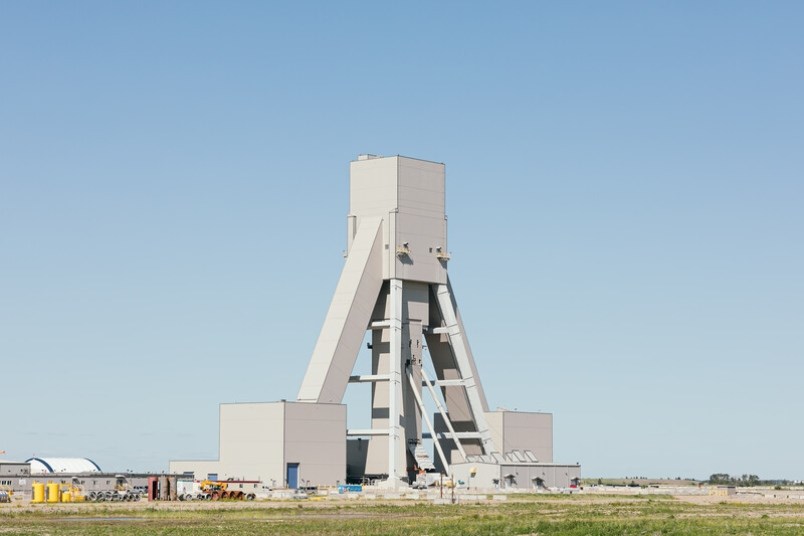JANSEN — A final decision on whether or not BHP will move ahead with the first phase of a potash mine near Jansen has been delayed.
In an Aug. 18 webcast discussing the company’s 2019-20 financial year end, Mike Henry, BHP’s CEO, said a decision is now anticipated in the middle of 2021 due to delays caused by the COVID-19 pandemic.
Originally, the mining company’s board of directors was planning to make a final decision in February 2021.
“In potash, we have progressed the shafts at Jensen, continuing to derisk the project,” Henry said. “Jansen is a tier one deposit with potential to be one of the lowest cost operations in the world.”
The CEO said potash is important to the company as it looks to diversify. The company currently mines iron ore, coal, petroleum, copper, natural gas, nickel and uranium.
“Decarbonization, electrification, diet, land use and population trends will all drive higher demand for copper, nickel and potash in the medium to longer term,” he said. “We're therefore looking to grow in these future facing commodities.”
If it goes ahead, the Jansen mine would be BHP’s first entry into the potash industry.
When the service and production shafts are complete, BHP expects it will have spent around US$3.7 billion on the site.
If the mine is given the go-ahead by the company, the initial stage would produce four million tons of potash per year. That would require four or five 177-car trains per week to ship the product to the west coast and one to two vessels per week to send it to destinations across the Pacific. There would be 500 full-time jobs, with 100 to 150 of those in an integrated operations control centre in Saskatoon and 300 to 350 locally.
The second stage would see production increase to eight million tons and provide work for 1,000 full-time jobs, with 800 to 850 of those local. That would make the Jansen mine the largest potash mine in the world.




